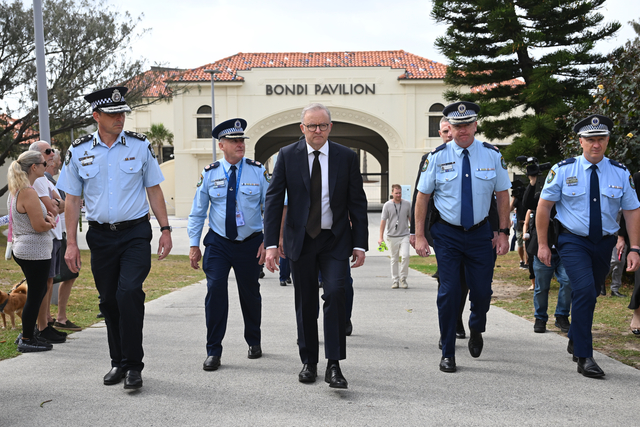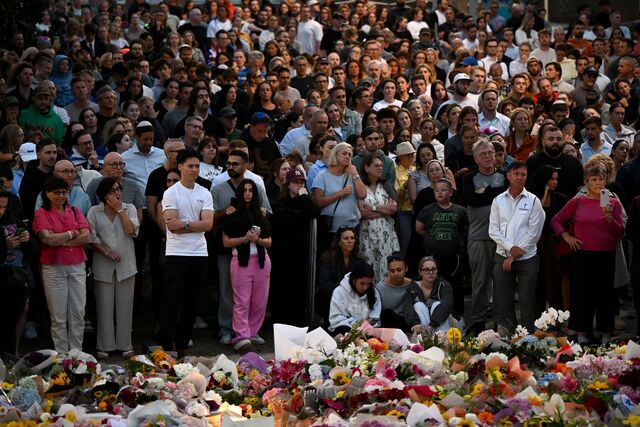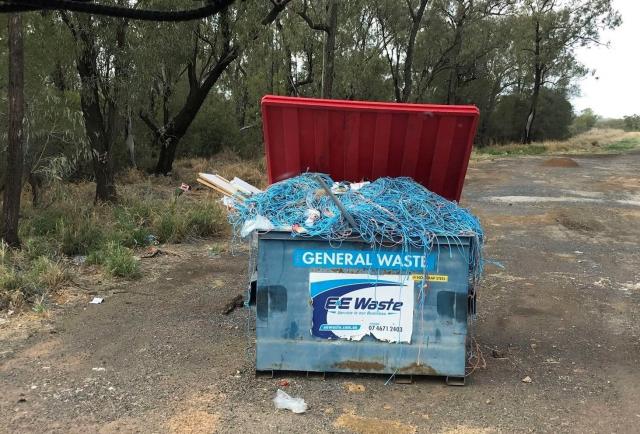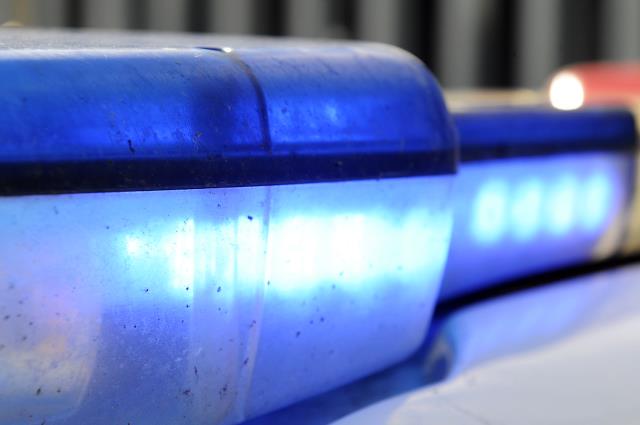A greyhound death was recorded in Healesville on Tuesday 15 October after a three-year-old had a fall on the track during a regular racing meet.
“Gossips faltered and subsequently fell approaching the 150m mark, underwent a post–race veterinary examination and was found to have a left radius/ulna fracture. Gossips was humanely euthanised,” the stewards report reads.
The death sparked concern with the Coalition for the Protection of Greyhounds (CPG), who cited it as the 39th death recorded in Victoria this year.
“Another week, another death on Victorian greyhound racetracks. The sad life of a racing greyhound means that they face every race with the risk of being killed or injured,” CPG Victorian spokesperson Rebekah Herron said.
“The racing industry has a skewed view of the rights of a greyhound – no human athlete lives with the same risks as a racing dog.”
The timing of the death comes at a pivotal moment, with bipartisan support in Victoria’s Parliament passing a bill requiring Greyhound Racing Victoria (GRV) to provide more transparent and timely data on deaths and injuries, on and off the track, on Wednesday 16 October.
“We know that dogs who injure themselves while racing are being killed from their injuries hours, days or even a week after racing,” Animal Justice Party MP Georgie Purcell posted to social media.
“They should be counted too.”
A GRV spokesperson said this most recent death would be recorded in its annual report but euthanasia and fatality figures could not be confirmed for the year, as the report has been submitted to the government ready to be tabled later this month.
“Racing fatalities in Victoria over the past five years have decreased by more than 47 per cent and total racing injury rates are also down 18 per cent over that same period,” the spokesperson said.
“With over 110,000 starters in about 15,000 races in Victoria annually, fatalities and serious injuries in racing are rare. The causes are multi-faceted and unique to each situation and cannot be solely attributable to the track design, shape or surface.”
A track inspection following Gossips fall found it to be safe to continue racing.
In the 2022-23 year, 382 Victorian-owned greyhounds were euthanised according to GRV’s annual report.
While Ms Purcell has claimed “the greyhound industry lies” in its reporting of on-track deaths, GRV has publicly refuted this.
“382 greyhounds were killed last year but nobody knows why. From now on Greyhound Racing Victoria will have to break down euthanasia by its cause,” she said.
GRV chief executive officer Stuart Laing issued a statement on Friday 18 October responding to these claims and the newly passed bill.
“GRV strongly refutes claims made by the AJP and others that ‘GRV lies about its welfare figures’,” he said.
“GRV remains as committed as ever, as we know the greyhound racing community in Victoria is as well, to the key priorities of greyhound welfare and maintaining the integrity of the industry.”
Mr Laing said GRV has taken “proactive steps to breakdown welfare figures” and improve its reporting in the 2023-24 annual report.
“Those changes include a breakdown of euthanasia by reason, the publishing of deaths of registered greyhounds (not by euthanasia) and a full breakdown of race injuries, categorised by incapacitation periods,” he said.
The accepted bill will require GRV to include additional information on deaths that occur as result of, and within 10 days of, an injury sustained in racing; a more detailed breakdown of non-Greyhound Adoption Program rehoming figures; and how many dogs test positive for each type of prohibited substance.
Ms Purcell said “the greyhound racing industry is currently breeding almost five times more dogs than they have the ability to rehome” and will now be expected to “declare just how many dogs were rehomed and disclose exactly where dogs end up”.
Mr Laing said over the last eight years GRV has been bringing down the number of injuries, both minor and serious, that occur on the track and this motion was just another step forward for the racing industry.
“The substance of the motion is in many respects already in line with GRV’s commitment to transparency of data and initiatives already delivered or in progress in this space,” he said.
“It does not detract from our ongoing commitment and focus on continuing to strive for our goal of being a world class regulator and to lead, develop and regulate a responsible and sustainable greyhound racing industry in Victoria.”
Ms Herron said, however, according to CPG research, greyhound racing does not align with the Australian people’s values.
“Dogs being raced to death in this country is completely out of touch with modern values and attitudes. Research shows that most Australians want to see greyhound racing phased out, yet state governments continue to subsidise it,” she said.
“While the industry claims tracks are safer, there is no such thing as a safe track for a racing greyhound. The numbers of dead and injured dogs attest to that. This is an industry that is not in line with current Australian values.”







